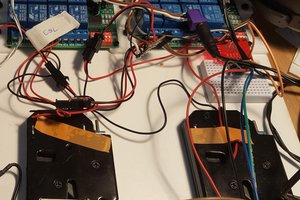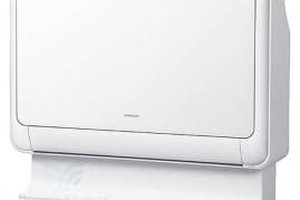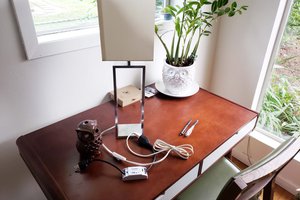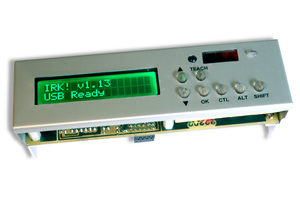Example commands:
Switch off the relay
> write off
Toggle the relay
> write toggle
Read current switch state
> read state
Repeatedly turn on the switch for 1s and then turn it off for 1s
> write step.1.state=on > write step.1.delay=1000 > write step.2.state=off > write step.2.delay=1000 > write process.end_step=2 > write process.mode=cycle > write process.run
The above commands record 2 steps. Step 1 turns on the switch for 1s. Step 2 turns off the switch for 1s. Set the end index of the steps to be 2. Use cyclic run mode. Finally, start to run the steps.
Pause the running steps
> write process.run=false
Tune the delay timer to be 1% faster
> write calibration.timer.scale=1.01
Name the device
> write device.name=MyPowerRelay
Other related command line driven sensors:
1. Temperature/humidty/pressure sensor: https://hackaday.io/project/185599-command-line-controlled-weather-sensors
2. Contact-less infrared thermometer: https://hackaday.io/project/185305-command-line-controlled-infrared-thermometer
3. Power relay: https://hackaday.io/project/183851-power-relay-with-built-in-command-parser
4. Command line driven Micro-controller: https://hackaday.io/project/184001-extreme-prototyping-using-command-on-dev-board

 davedarko
davedarko
 Vince
Vince
 Clay Graham
Clay Graham
 androidarmstrong
androidarmstrong
Oops, I invented the wheel again.
I'm trying to create a tool that people can start to use after 10s of learning. 800+ pages of SCPI spec may scare away people today. Not sure people is patient enough to understand the usage of *, ?, and # of SCPI. I'm probably wrong but hope my command is easier to get start with. read sth, write sth, That's it.